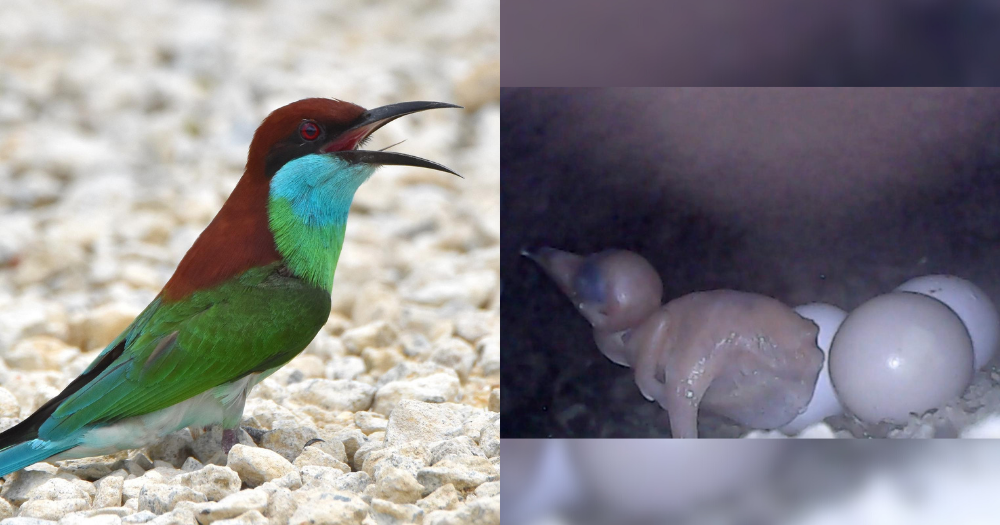Several families of Blue-throated bee-eaters were recorded breeding at a nesting site in Pulau Ubin for the first time in decades.
The successful nesting of the species, facilitated by the National Parks Board (NParks), was announced by Minister for National Development Desmond Lee on June 5.
Stopped nesting in 1999
The artificial nesting sites are located at the Ketam Mountain Bike Park at Pulau Ubin.
The area used to be part of a granite quarry previously known as the Aik Hwa Quarry, and was in operation from 1964 to 1999.
It was the last granite quarry to be closed on Pulau Ubin in May 1999.
Blue-throated bee-eaters used to nest in the surrounding granite dust mounds, but have since stopped nesting when quarrying activities ceased.
Bee-eaters are so named as they feed on flying insects like bees, wasps and dragonflies. Bee-eater species are characterised by their colourful plumage and slender, down-turned beaks.
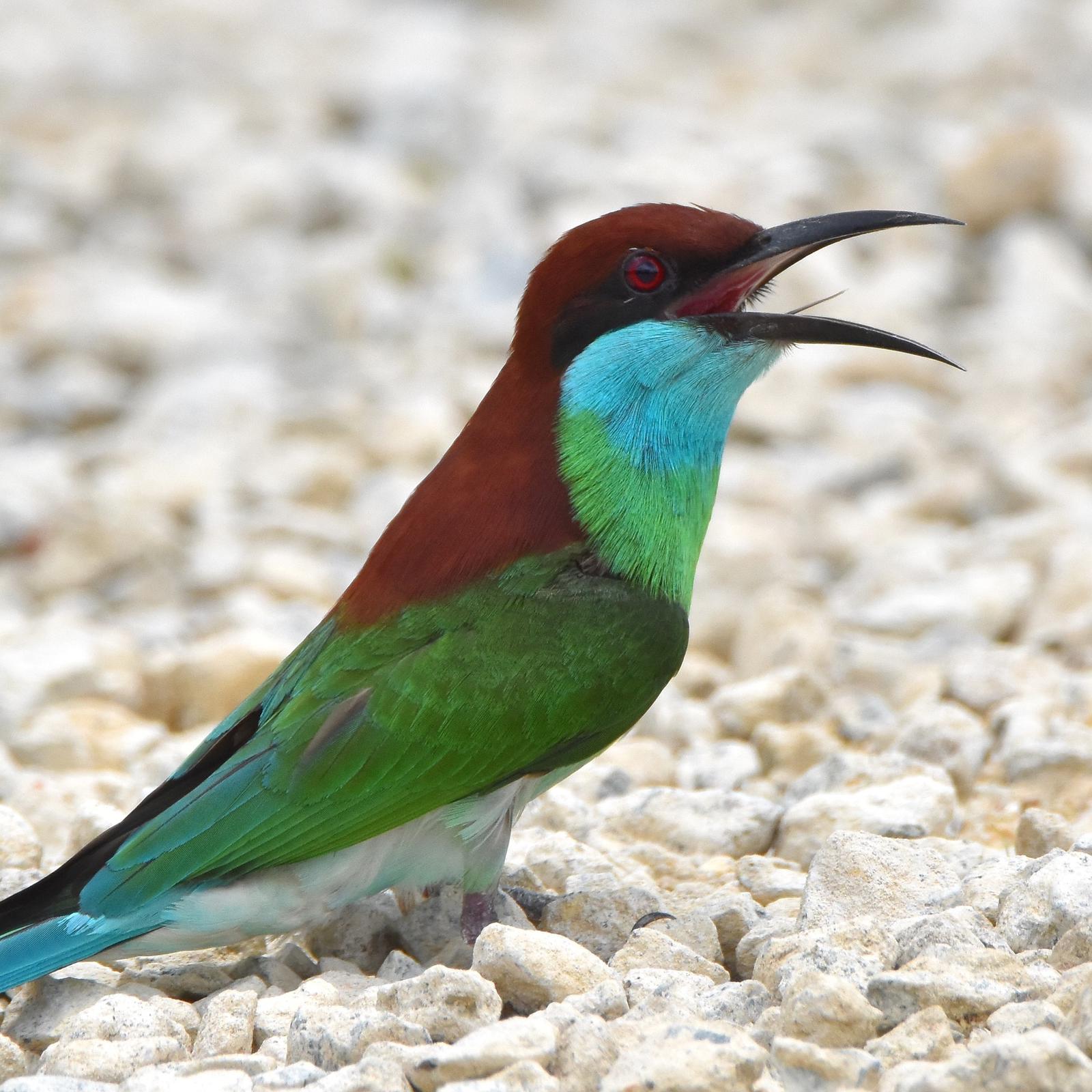 Photo from Desmond Lee / FB
Photo from Desmond Lee / FB
The bee-eaters, alongside two other bird species, the Baya weaver and Red-wattled lapwing, were selected for recovery on the island.
The three species have been decreasing in numbers presumably due to habitat loss. To encourage nesting, a site along Ketam Quarry was converted into a bird recovery area in December 2016, which includes different nesting sites for the three species.
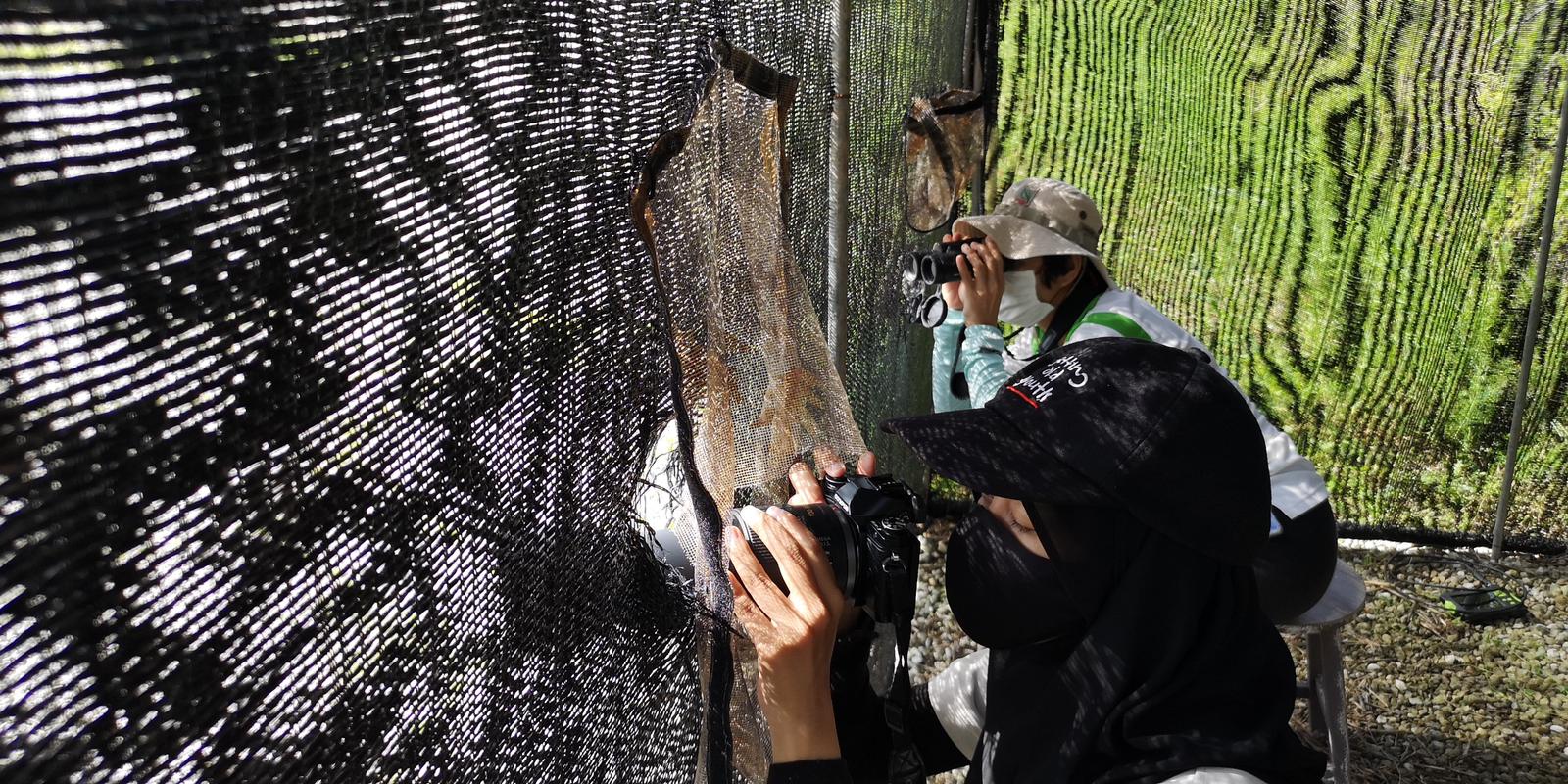 Photo from Desmond Lee / FB
Photo from Desmond Lee / FB
Sand mounds with artificial nesting boxes
Blue-throated bee-eaters typically build their nests on the ground or on slope faces, where they burrow a tunnel and lay their eggs in a chamber at the end.
To create a similar nesting habitat for the birds, sand mounds for the birds to burrow into were made out of a mixture of sand, earth, and granite dust.
Inside the mounds, artificial nest boxes were inserted.
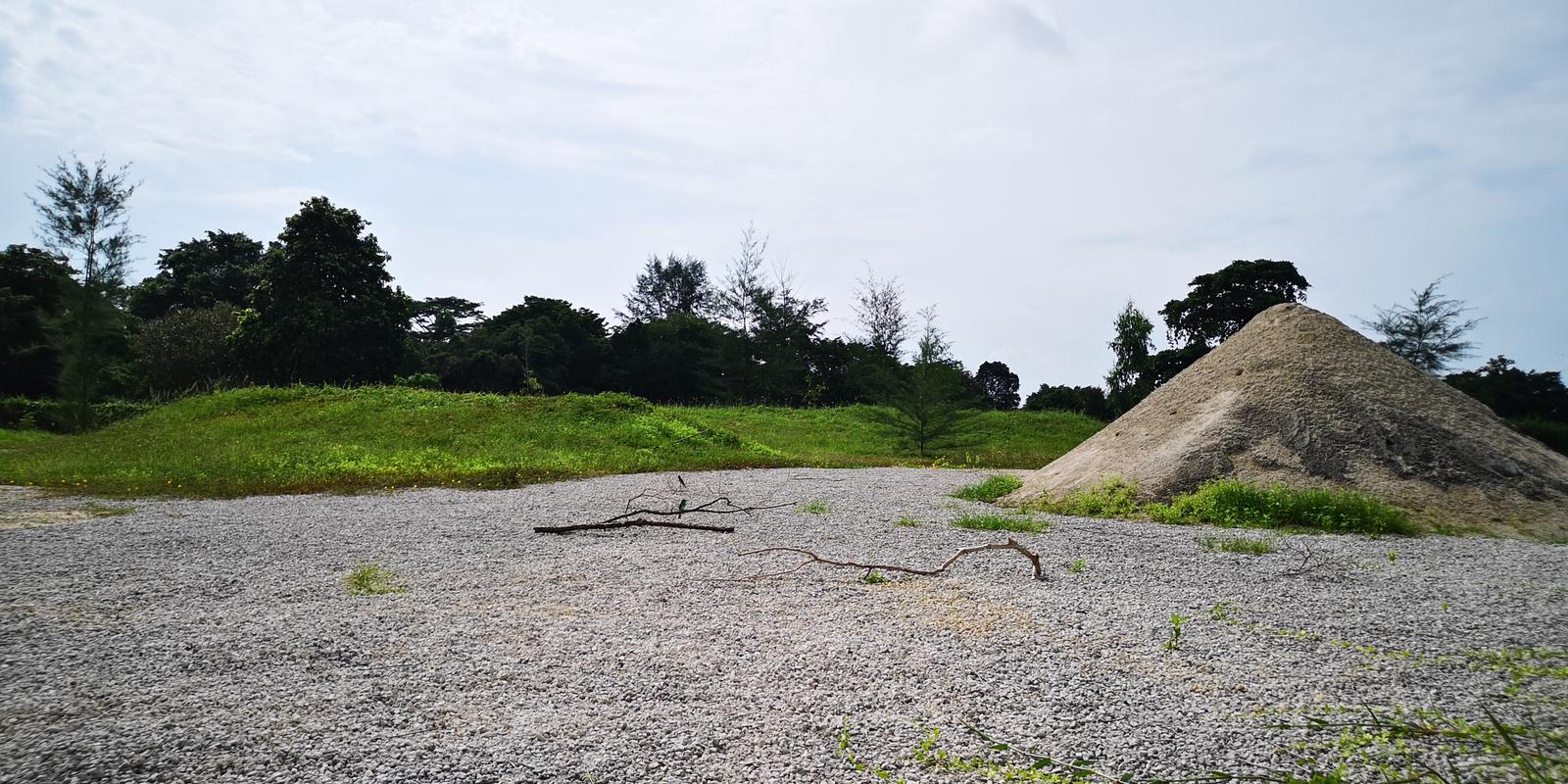 Photo from Desmond Lee / FB
Photo from Desmond Lee / FB
Suitable trees and shrubs were also planted around the site for birds to perch. To protect the birds, the nesting area is fenced off and is not open to the public.
The project was successful, with at least three nesting bee-eater families spotted in the artificial sand mounds as of May 2021.
Photos of the eggs and hatchlings on May 13 were taken with an endoscope.
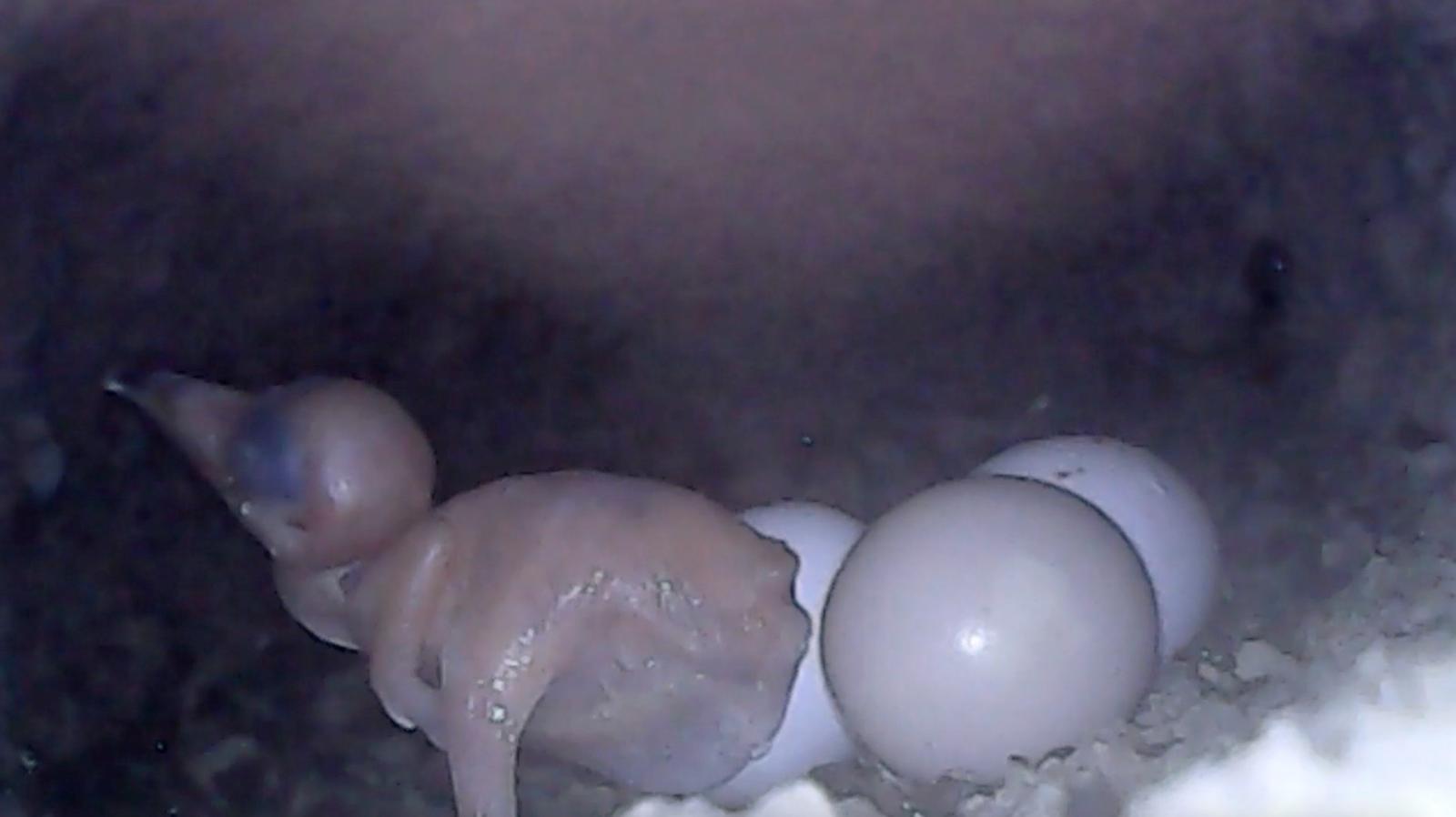 Photo from Desmond Lee / FB
Photo from Desmond Lee / FB
The chicks have since grown into hatchlings, as seen in this photo of the same nest taken on May 27.
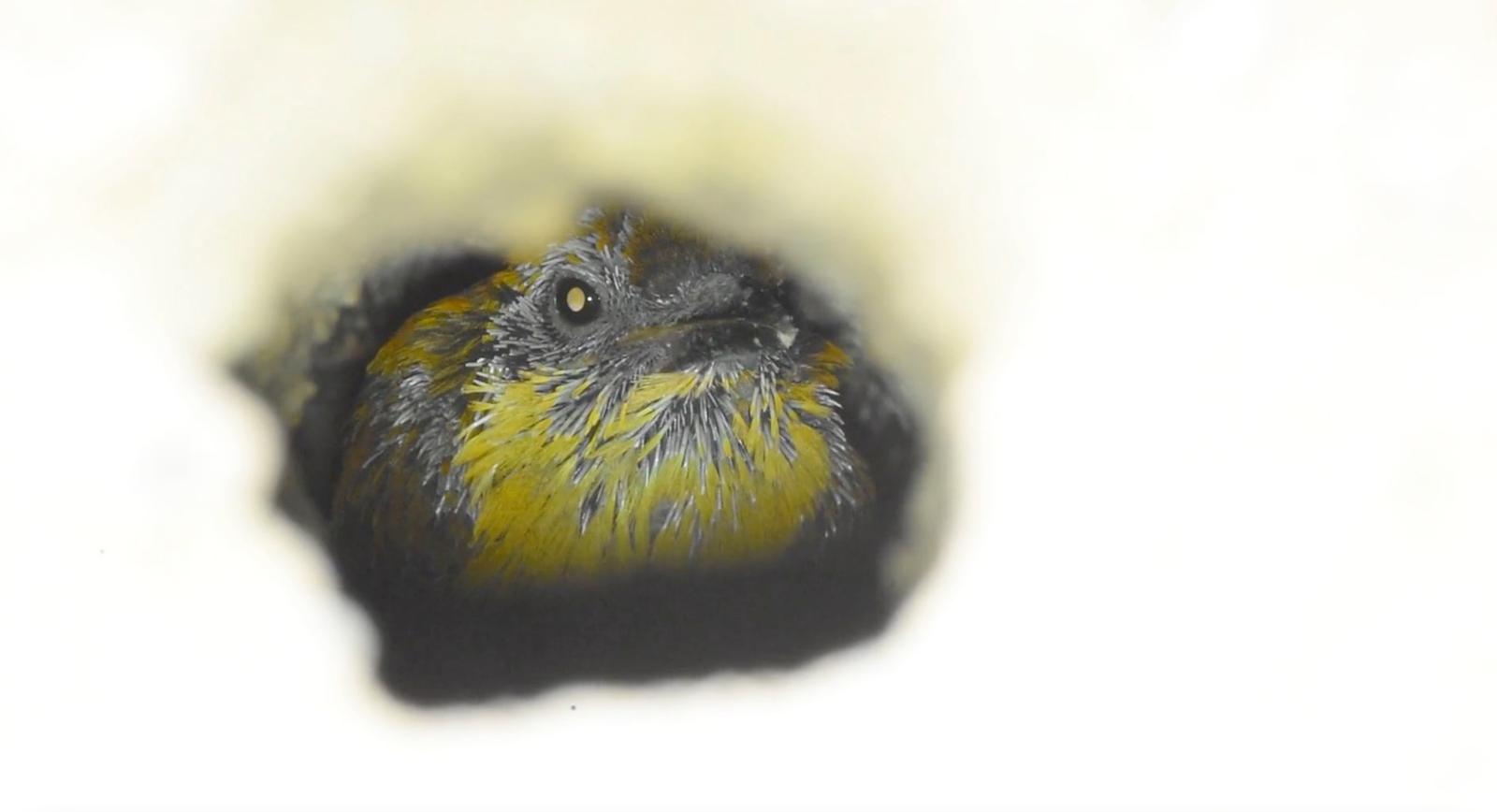 Photo from Desmond Lee / FB
Photo from Desmond Lee / FB
Very cute.
You can read Lee's full post here.
Related stories
Top photo from Desmond Lee / FB
If you like what you read, follow us on Facebook, Instagram, Twitter and Telegram to get the latest updates.
